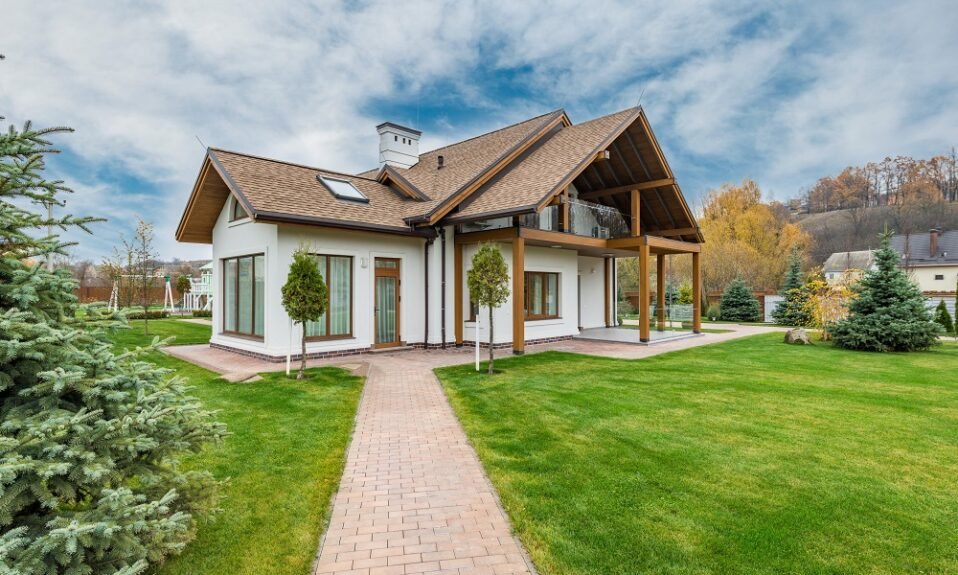
Have you ever obsessed over the taps for your kitchen sink? Or has there ever been a time where you have gone down the rabbit hole researching shower heads? It’s common to spend too much time overthinking the little things when redecorating a room, but it’s all too common not to have a thought about your radiator valves. But does it matter?
Yes, shopping for a radiator valve can be a world onto itself and can get incredibly confusing if you don’t know what to be looking for. Luckily, I’ve compiled all the points you’ll want to consider when choosing your radiator valves, which includes:
- Function
- Colour
- Height
- Material
- Direction
- Price
Here’s what you should know about each.
Function

When I say function, I don’t mean just getting a radiator valve which you know works. There are generally two types of valves you can choose from: manual and thermostatic. If you just want to have a radiator valve you turn on and off like a tap, manual will do just fine. If you want a greater level of control, and prefer that your radiators maintain an ideal temperature, thermostatic is the way to go.
There’s also the likes of dual-fuel valves which are used when you have an electrical option on the radiator, but that’s another conversation for another day.
Colour
This is the one area I think people grossly misjudge. Getting the wrong color valves can mess up how your radiator looks. Imagine you buy a brand new phone, and then slap a mismatched cover on it. It won’t look quite right. The same goes for radiators.
Some of the most popular colors for valves include black, white, silver, chrome, and nickel (you can see them and more radiator valve colors here). I recommend opting for a valve which is the same color as the radiator or the same color as your pipes. You essentially want everything to look uniform; otherwise, something like a white radiator with a black valve and brass pipes won’t sit well at all.
Height
Why would the height of a radiator valve matter? Well, for one thing, is accessibility important and what location is your radiator in?
Valves can be anywhere from 3cm to 30cm high. If you have a radiator in a high-traffic area and don’t want anyone to hit their shins or bump against it, you’d want to go for as small a valve as possible. If your radiator is up on the wall or in a place where it might be hard to reach the valve (for example, behind the sofa) a taller valve is ideal.
Material

Your best bet is always to stick with brass. It’s highly resistant and can handle things like oxidation around the valve entries quite well. Some sites will offer both brass and brass ABS valves, but there isn’t much difference. If you see a radiator valve which says the material is copper or steel, double-check it is in reference to the coating of the valve and not the actual material as it won’t give you as good a lifespan.
Direction
Obviously, valves make water come in and out, so what do I mean by direction? There are three main directions to choose from:
- Angled
- Corner
- Straight
The direction will refer to how your pipe has to meet the radiator. Most radiators use angled valves, where the pipe comes from the floor to meet the radiator at a 90° vertical angle. If the pipe comes up and goes straight into the radiator (more common with towel rails), it’s a straight valve. And in the rarer case where pipes come out of the wall to meet the radiator at a 90° horizontal bend, a corner valve is the way to go.
Price
You’ll be surprised how varied the market is out there when it comes to radiator valve price. There are some designer names that charge just as much for valves as they do for their radiators. Factor it into your overall budget when buying a radiator.

Now find your valves
I hope this information helps you find the valve you need for your radiators. Remember that it’s all too easy to bring the wrong valve so take some time to compare what’s out there and make sure you find valves that fit in rather than stand out.




